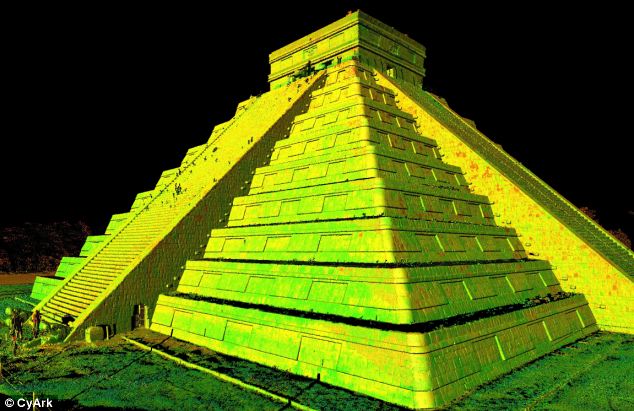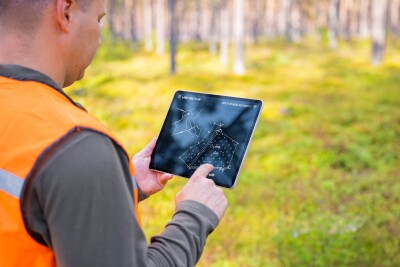Dozens of ambassadors from around the globe converge at Tower of London to join, support cause
CyArk, the nonprofit dedicated to preserving world heritage through 3D data capture and delivery, officially launched its 500 Challenge to digitally preserve 500 of the world’s most important cultural heritage sites, including the Great Wall of China, The Taj Mahal, and Machu Picchu.
The Oakland, Calif.-based CyArk, with European operations in Edinburgh, Scotland, kicked off the effort Monday at a two-day conference at the Tower of London, where it announced digital models of about 100 heritage sites have already been created with 400 more in the works.
“While there isn’t enough time or money to save all these sites physically, we have the technology to digitally preserve them,” said CyArk Founder Ben Kacyra. “By doing so, we will ensure that these treasures are available for appreciation and study for years to come. It’s not an option; it’s our responsibility. Otherwise, we will lose our shared history and an important piece of our cultural identity.”
CyArk recognized at the event 40 sites within its archive as examples of the work it will perform during the CyArk 500, including Pompeii, Babylon, Mt. Rushmore, the Leaning Tower of Pisa, the Titanic, the Sydney Opera House and, most recently, the Tower of London. See the full list of projects here.
Video showcasing the scan project conducted by CyArk and Ferrara University at Pompeii, Italy.
The event also features workshops and discussions among key stakeholders to share experiences and best methods for capturing, disseminating and archiving information about these sites.
CyArk urged the assembly, which included foreign ambassadors, government officials, cultural representatives, corporate executives and others from 35 countries, to support the newly created CyArk 500 Challenge through the CyArk 500 Fund.
Governments and individuals can nominate sites for preservation and donate money to support the project via the organization’s website. Heritage sites will then be reviewed for selection and funding consideration by the CyArk Advisory Council, chaired by Gustavo Araoz, president of the International Council of Monuments and Sites.
“The first task of the Advisory Council was to develop criteria for selecting the CyArk 500,” said Araoz. “While the risk factor will be a chief criterion in selecting sites, we want to use the technology beyond mere documentation to promote capacity building in all regions, and to assist management in periodic monitoring, interpretation, public awareness, and promotion of visitation.”
3D data captured can equal as much as 10 terabytes of information per project. CyArk is using Iron Mountain, an information storage and management company, to store and protect the data in an underground storage bunker in western Pennsylvania.






